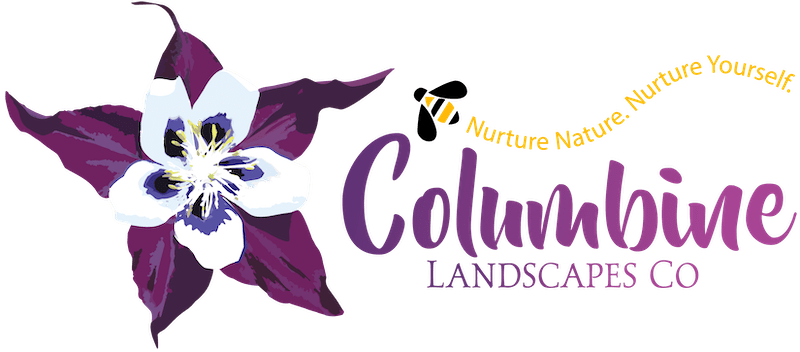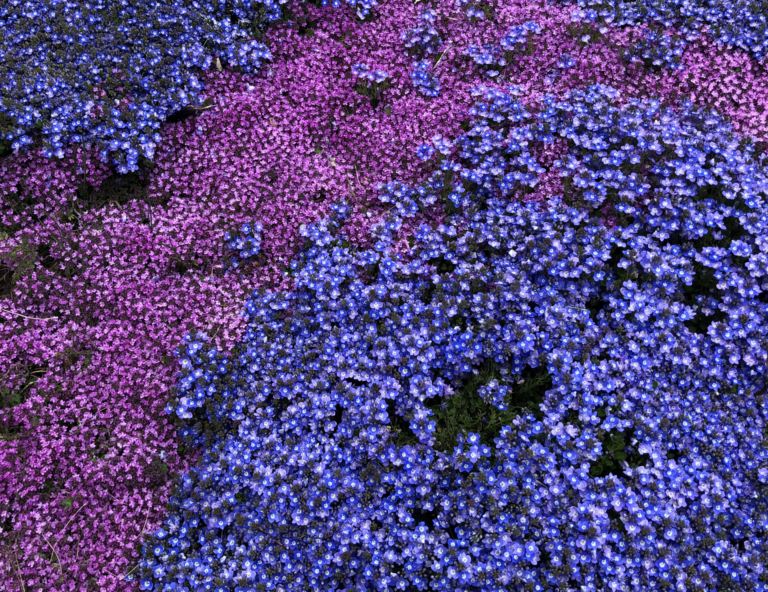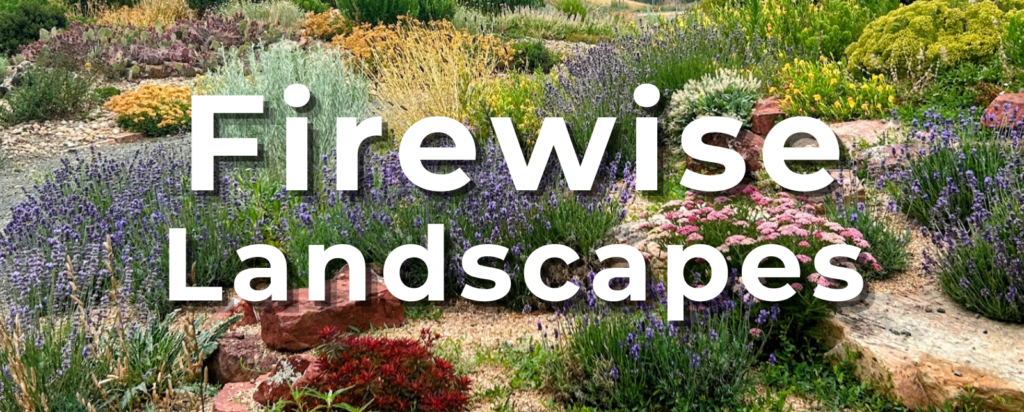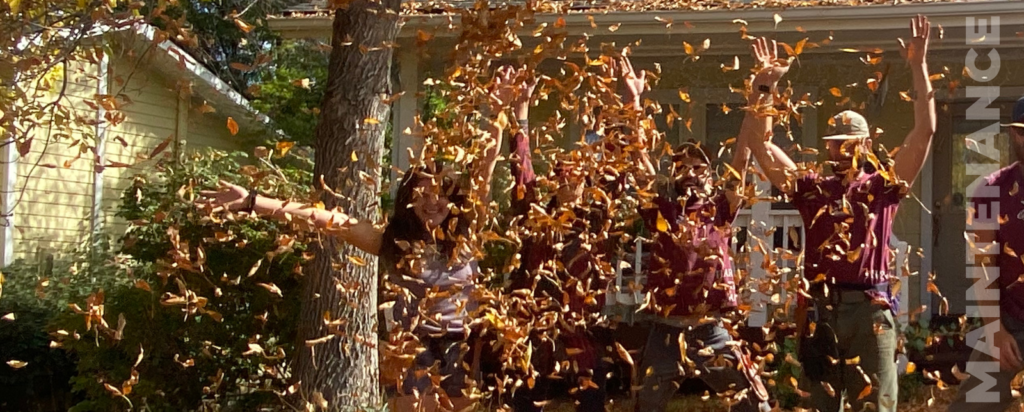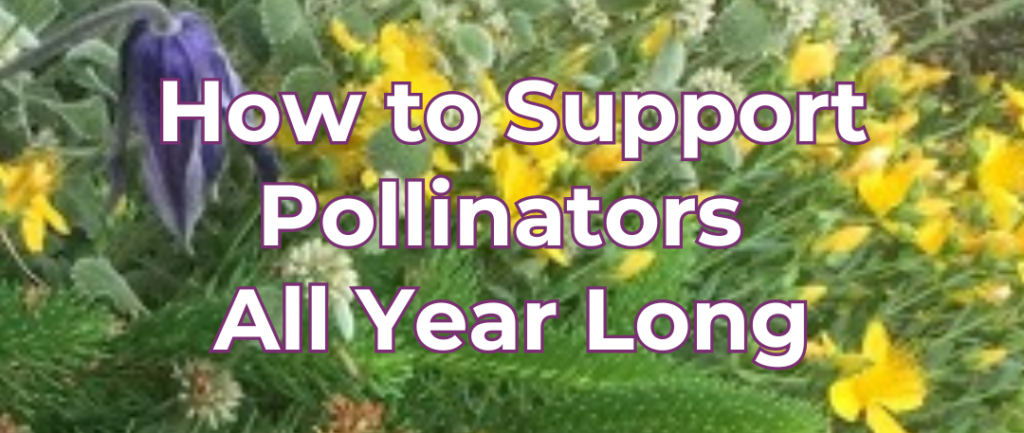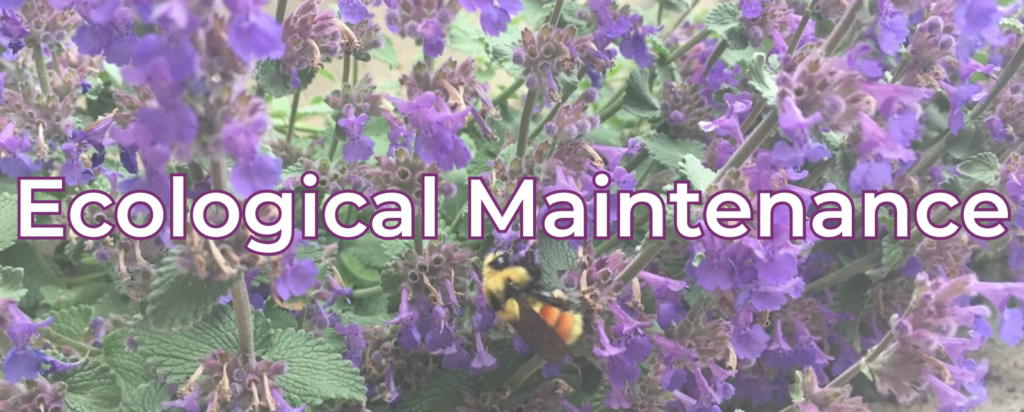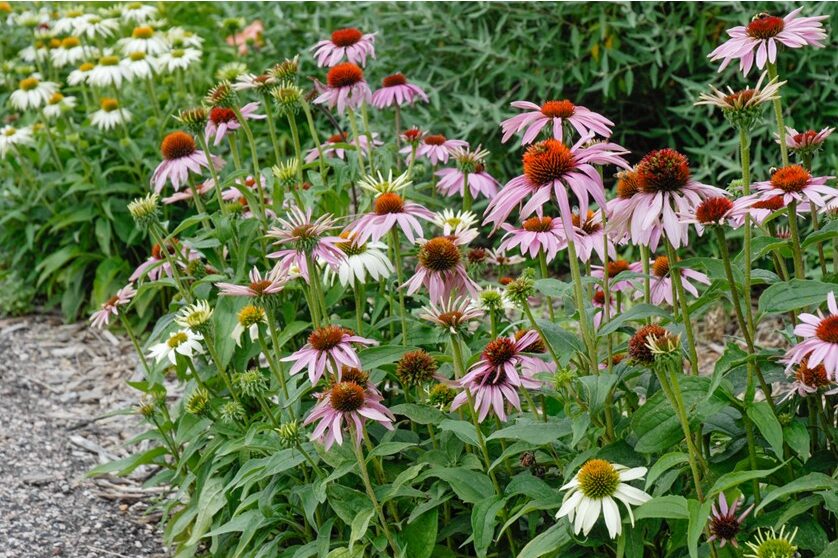Hello Columbine Landscapes Community!
We’re happy you’re here!
This is the second installment of a 2 part series. The first part was released in November, entitled Pollinator-Friendly Lawns. Click here to catch up. Evidenced by the titles the two installments have different foci.
I’m thrilled to share part 2 and offer useful information on how to cover your ground with no-mow, low water lawns for the Mountain West. You’ll discover suitable plants in a lawn-like fashion for consistency and simplicity in an eco-friendly way. I’ll walk you through the options so you can make a choice best for your lifestyle.
There are several important reasons it’s beneficial for you and the earth to convert a traditional lawn to one of these lovely alternatives.
- They boil down to creating habitat for pollinators and other critters by producing flowers and not need “weed and feed” type of chemical additives to grow well and dazzle onlookers.
- They require far less water which saves you money and leaves water for higher priority needs.
- They allow you to spend your time and hard earned cash in other ways than mowing or hiring someone to cut your grass regularly.
The following plants are my favorites for filling this need, however, there are others you can check out at www.stepables.com. In my experience, the plants I’m presenting are readily available at local nurseries. However, Dog Tuff may have to be ordered. None require mowing to stay compact and tidy. They are all xeric and deer resistant, or I wouldn’t bother recommending them, because that’s how I roll.
As professional members of the Plant Select program I like to bring awareness to this awesome lawn alternative. Like all Plant Select selections, this species has been trialed and tested to make sure it is suitable for our climate without taking over. Native to Africa, it falls into the category of adapted. It gets its name for its ability to withstand canine urine without browning out in circular patterns throughout the lawn.
I love it because it:
- Offers an emerald green that is soft to barefeet
- Loves heat
- Requires a fraction of the water required by the most common turf grass, Kentucky Bluegrass.
One consideration with this groundcover species is that it needs to be planted by plugs (aka baby plants) which is common for other groundcovers, but less common for grasses. This means that getting it started is labor intensive, but think of the time, energy, and water savings over the lifespan of the Dog Tuff Lawn. Huge! Also note that Dog Tuff is a warm season grass, meaning that it is green during the warm summer months and brown during the cooler months of spring and fall.
Antennaria /Pussytoes
Pussytoes is a great native mat-forming plant. I’ve enjoyed seeing it filling in the spaces around flagstones in patios and pathways where it gets regular trampling and still thrives. It produces diminutive 3-6 inches tall stalks of flower clusters that look like little cat toes, hence the name, and can be found in pale pink or white flower varieties.
I love it because:
- It’s native to our region
- The cool silvery color is such a stunning contrast to other foliage and to the common rose flagstone color
- It benefits pollinators that require native flower
Pussytoes (not in flower) is the silvery goundcover in this photo
Creeping Thyme
Thyme is the classic alternative lawn. It’s long been heralded for its ability to cover the ground neatly and reliably, requiring little supplemental water once established, and, like most herbs, the deer don’t seem to care about it. It also puts up with regular foot traffic.
There are quite a number of varieties of creeping thyme boasting different attributes from a fuzzy greyish leaf to different flower colors. As you can see in the photo, a menagerie of varieties can provide an appealing mosaic, but if you’re after a homogenous blanket of thyme, be sure to choose a variety that will be in steady supply should patching become necessary.
I love it because it:
- Forms a colorful carpet of low, tight flowers
- Fills in readily which also makes it appear carpet-like
- Is so heat tolerant
- Needs little to no care once established
Also, keep an eye on the height of the variety you choose to get the look you’re going for. I had to chuckle when I moved into my home; there were a number of different thyme varieties in the cracks of the flagstone path and some of them were 8-12 inches tall requiring stepping over to navigate the path and obviously the culinary variety. Don’t make this mistake. Creeping thyme is what you want. And in case you are wondering, the leaves of the creeping varieties may have some thyme fragrance but will not do you right in the kitchen. They have been selected for ornament, not edibility.
Creeping Veronica/Speedwell
Veronica looks much like thyme and could easily be integrated into your thyme mosaic, if that’s the approach you choose. A great reason to consider the intermingling is to increase your biodiversity. You may have visiting pollinators that go for one, and not the other, and they will bloom at different times to accommodate the pollinators for a longer timeframe.
I love it because:
- It’s a great spreader with long stems to effectively cover the ground
- Woolly variety is early and long-blooming providing an attractive complement to bulbs
- It can take occasional foot traffic
Another handy thing about some creeping veronica varieties (Turkish is notable)is that it can happily take some shade which makes it unique in this list. Note that like thyme, this genus also includes tall species, so be sure you get what you’re after. Woolly and Turkish are my go to varieties of veronica and there are others to explore. Turkish is another Plant Select selection: https://plantselect.org/plant/veronica-liwanensis/
Buffalograss
Here I’ve pasted excerpts from an email from Mike Smedley, Durango’s bulb aficionado and accomplished gardener at large, who has a lawn full of this species, so I figured let the person with the first hand experience expound on it’s virtues.
“I think this will be the perfect shot. It’s a comparison of cool-season vs. warm-season grasses side by side taken from the same perspective. On the left, my buffalo grass lawn is dormant and tan, which is why I planted so many bulbs into it (tan is a perfect foil for that kind of color, plus it hides the otherwise “dead” look). In the background is a neighbor’s house surrounded by a variety of orchard and natural grasses that are cool season and in full green spring fling. This shot was taken in early April. On the right is the same place, but in high summer mid-August. The buffalo grass is rich and green while the cool season grasses across the street are dormant and tan, the exact opposite. As I say, this lawn gets in a bad non-soon year, five or six waterings. It could go less, but I take pity on the willow tree backing the planting.
Thing is, Kentucky bluegrass and other turf grasses will go dormant in summer if you let them. That’s how they respond to hot and dry. they will green up in September into winter. But everyone wants green. So to keep a Kentucky bluegrass lawn green all year, one must “trick it” by creating spring conditions year round, which means a minimum of 45 inches of water each summer. Durango, in a good year, gets 18 inches, most of it in winter. So do the math. I calculate that I use 4 to 6 inches of irrigation per summer on Buffalo grass.”
Buffalograss (Bouteloua dactyloides ‘Legacy’) is a short turf-type grass from the southern Plains. I bought my plug starts from Todd Valley Farms in Nebraska. (toddvalleyfarms.com for more info and a product sheet).
Buffalograss spreads over the top of the soil much like strawberry “runners.” The stolons will root as they creep. In about a year, your lawn will have filled
in. You can divide these chunks of sod into smaller pieces for easier planting and faster spreading. Buffalograss only requires 18 inches of moisture per year once established, about what [Durango gets].
6,500 feet is pretty much the limit of its hardiness, so any[one growing at higher elevations] might have second thoughts. It’s a warm-season turf that will not green up until mid-May and will go dormant at first frost. Therefore you will have a tawny brown color in spring. Because of that, and the fact that it doesn’t need much, if any summer moisture except for the driest of times, it’s the PERFECT foil for species crocus, wild tulips and other small spring bulbs that resent wet feet in summer.
It’s not a turf for dogs or a lot of foot traffic. It also requires baking full sun to thrive. No shade.
I love it because:
- It has a soft consistent look
- Is a native grass that doesn’t need to be mowed
- It works so well to showcase bulbs
Mike’s buffalograss lawn acting as that perfect foil for his myriad bulbs in late April 2017
With these beautiful and resourceful options, there’s not much reason to stick with the same old non-native, not-adapted Kentucky Bluegrass lawn. To provide you with another resource for more details and to get you excited about all the possibilities, I leave you with this link: https://www.highcountrygardens.com/sustainable-lawns/alternative-lawns
To the glory of the garden!
Eva
Eva Montane, certified Landscape Designer & President of Columbine Landscapes Co
